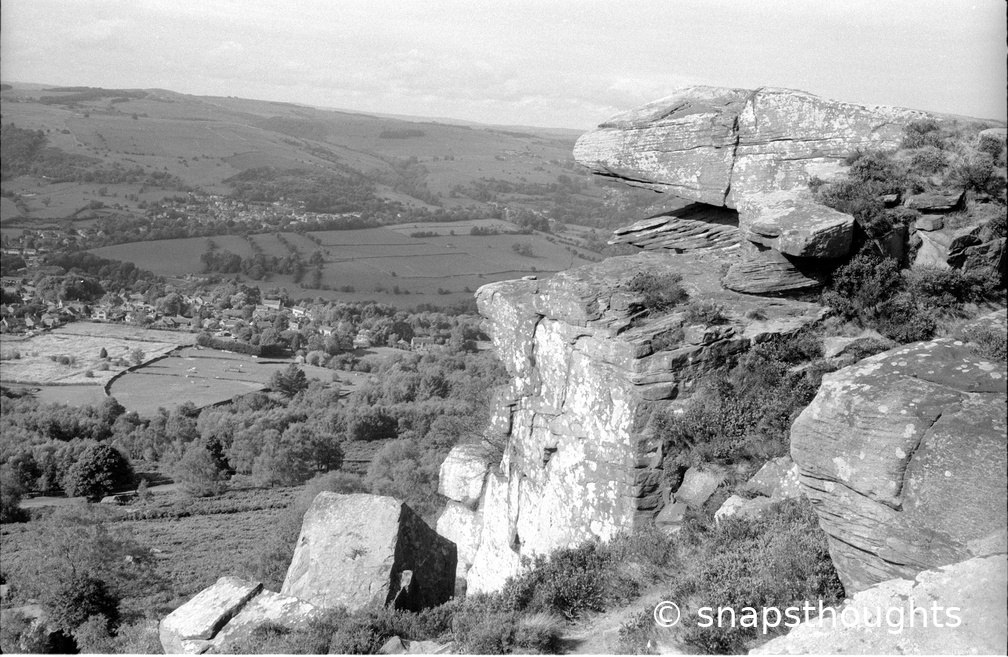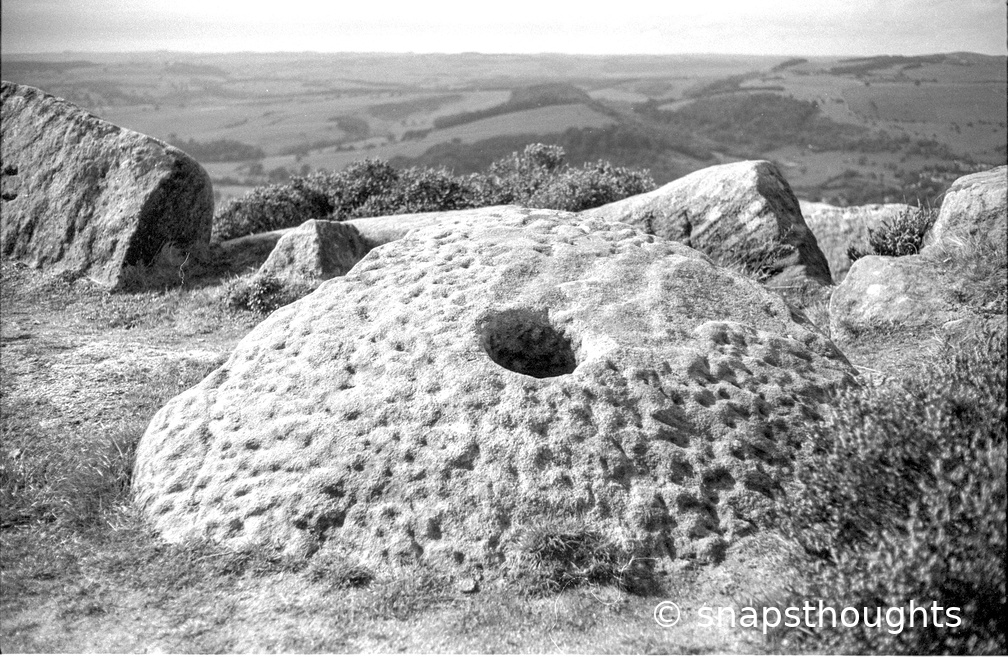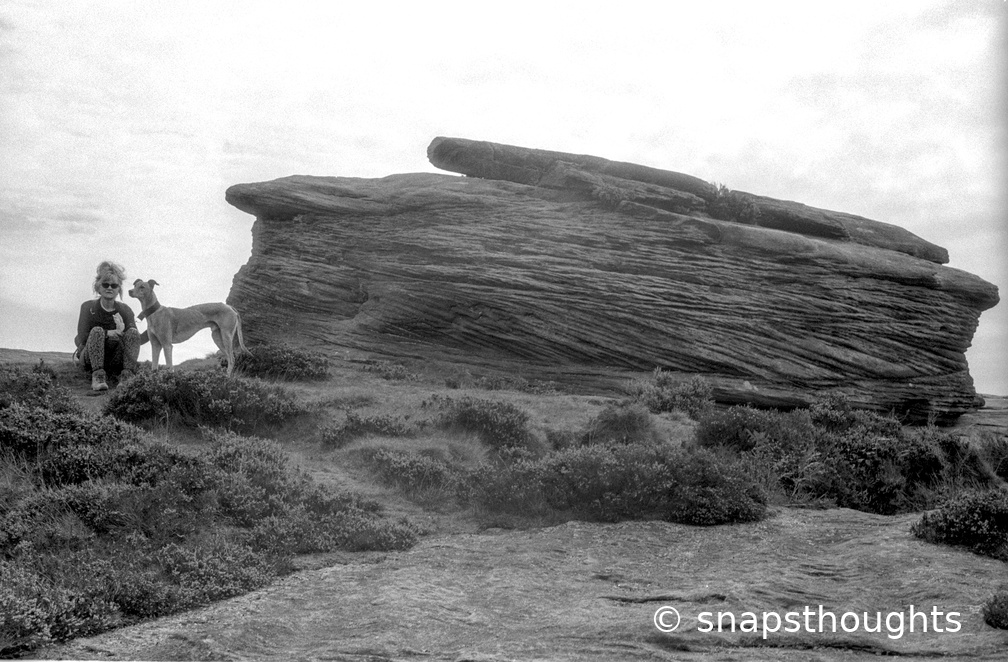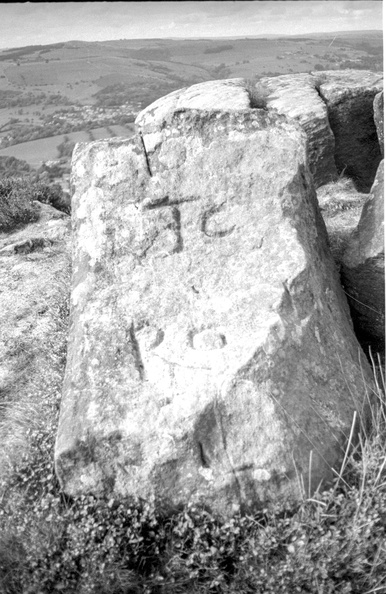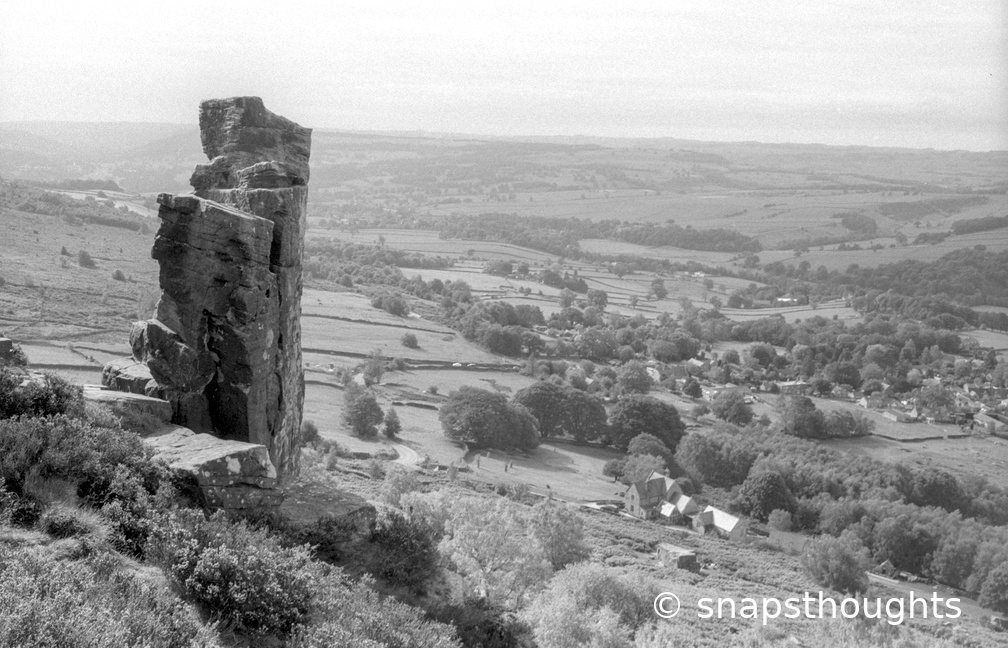Sometimes I wonder about the perversity of using aging analog equipment in 2025. In this case a 64 year old Nikon F and a 50+ year old lens.
Add to that the development process and wow... It isn't quick! But then again, that is what I choose.
Digital cameras usually get the photo technically correct and with a fairly speedy result.
Quick autofocus, correct exposure, relatively little effort and instant gratification - and of course, instant correction if you know enough about framing, exposure and light to be able to compensate for mistakes. Just spam the scene until you get it right. Relatively cheap to run too after the initial outlay. Most people will get something they are happy with and a good photographer will usually get excellent results.
It is hard to imagine not using a digital camera in many situations - sports and wildlife photography instantly spring to mind.
I've got wonderful photos taken with digital cameras. Technically a lot better than these here.
However... Here I possibly start to show my own age and intransigence.
This is a quote from Nikonians about the metering system at the core of a modern camera's picture taking (other manufacturers have similar systems). This was 4 years ago, more advances have been made since:
Matrix metering splits a scene into multiple segments to determine the best possible exposure by evaluating either 420-segments or 1,005 segments, depending on the Nikon DSLR model.
3D Color Matrix Meter II goes further by taking into account
- the scene's contrast and brightness,
- the subject's distance (with a D- or G-type NIKKOR lens),
- the color of the subject within the scene and
- the RGB color values in every section of the scene.
But that is not all, 3D Color Matrix Metering II also uses special exposure-evaluation algorithms, optimized for digital imaging, to detect highlight areas. The meter then accesses a database of over 30,000 actual images to determine the best exposure for the scene. Once the camera receives the scene data, its powerful microcomputer and the database instantly work together to provide the finest automatic exposure control available.
Duh... How do you compete with that? We stand on the shoulders of giants for sure. Point the digital camera at something, frame and shoot. Perfecto! But what are the implications of unloading all those skills to algorithms?
Obviously the photographer has to choose what, why and when to photograph. Let us not forget the primary importance of that because the resulting image, however technically good will not be successful if the content is poor.
I think what I object to is that so many decisions are being taken away from me by digital cameras. The algorithms are after all a consensus of what is best and what is right and they are someone else's paradigm. Other people are responsible for those algorithms not me. They will reflect the biases and prejudices of whoever was responsible for their creation (and of the times we live in).
And yes, you can set the digi to manual mode, but who the fuck does that?
And the final product? Curiously, most digital cameras can deliver images that (paradoxically) try to emulate different popular (and historically popular) film emulsions. I'm sure someone somewhere in their marketing departments is taking the piss, but many (most?) people are happy with results that strive (and fall short IMHO) to look like 'film' photographs and never deep dive into post-processing the raw image in a digital darkroom to make that image theirs. There are some weird recursive ironies hiding in there somewhere.
To be fair, Nikon and other camera manufacturers did introduce the matrix metering we know and love on their analog flagships like the F5, a camera I have used and been grateful for the metering on it. This was shortly before the death of analog cameras as we entered the age of the digital sensor and modern iterations of the matrix metering system.
Can I do better? Obviously not, but I don't really care.
This photo is technically not the best but I am fond of it.
Walking along Curbar Edge with my partner and Errol the dog we stopped here for a break. I guess the exposure, set the shutter speed and aperture, frame the photo and press the shutter release. Luckily the dog wasn't distracted by the super loud mirror slap of this Vietnam War era Nikon F. It took a (relatively) long time to do all of that and I didn't get to see the photo until I developed and scanned the roll of film 5 days later.
No instant gratification but, (I like to think) a thoughtful and deliberate process to get the result that I had visualised. Just not the technical quality I would have preferred. Since it is the first time out with this camera and I'm still relearning my analog skills I'll cut myself some slack (my excuse anyway).
I don't mind though. The photo has emotional content for me and that is a good result.
The Nikon F I used has had its mirror foams replaced and the prism cleaned and the prism's foams replaced in the (eye level) finder. Shout out to Alex at SWCC for his good work and attention to detail.
For its inaugural outing we went for a walk along Curbar Edge, gritstone country in Derbyshire. It was initially cloudy with increasingly sunny intervals. The views across the valley were stunning. But goodness, it seemed very popular for a weekday!
I love using this Nikon F. It could be my favourite camera. It is a no-compromise light-tight metal box for photographing things. No bits of plastic on the winder for comfort, a weirdly placed shutter release, an awkward fully removable back for loading film and zero information in the viewfinder. Bliss. But not perhaps the easiest camera to use.
So all successes and fuck-ups are completely down to me, not the software (since there is none). Plus it has a spectacular historical niche in the development of the SLR cameras.
The lens used was a 50+ year old Nikkor 35mm f/2.8 Nikkor-S Auto (pre-AI) which gives these photos a certain 'look' I think. It is an old metal and glass lump with minimal coatings (compared to more modern lenses).
The Film was Kentmere Pan 200 developed in Ilford Ilfotec HC 1+31 for 6 minutes
